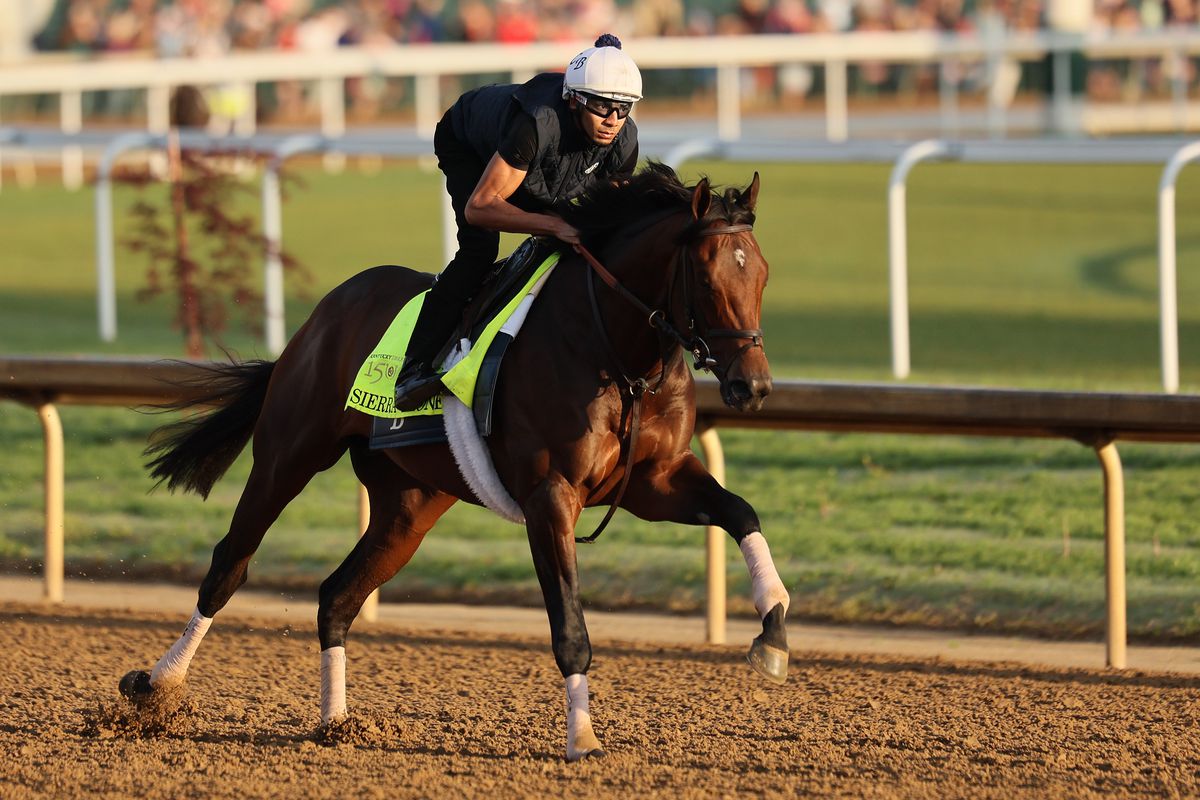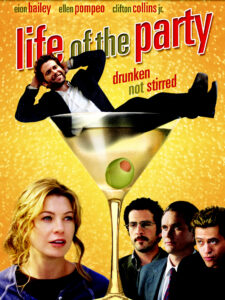
The Kentucky Derby: A Run for the Roses
The Kentucky Derby, also known as “The Run for the Roses,” is a premier equestrian event steeped in tradition and excitement. Held annually on the first Saturday of May at Churchill Downs in Louisville, Kentucky, the Derby is more than just a horse race; it’s a cultural phenomenon that captures the hearts of millions worldwide. This comprehensive guide delves into the rich history, electrifying atmosphere, and enduring legacy of this celebrated event.
A Storied Past: The Kentucky Derby’s Rich History
The Kentucky Derby boasts a remarkable history dating back to the mid-19th century:
- Humble Beginnings: The inaugural Kentucky Derby took place in 1875 with a field of 15 horses competing for a prize of $2,800. Merrimack, a three-year-old colt, emerged victorious.
- Emergence of a Tradition: Colonel M. Lewis Clark, a pivotal figure in the Derby’s early years, is credited with establishing many of the race’s enduring traditions, including the garland of roses for the winner.
- From Local Event to National Spectacle: The Kentucky Derby’s popularity grew steadily throughout the 20th century, thanks to advancements in communication technology and the rise of national media. By the mid-20th century, the Derby had become a national sporting event.
The Road to the Derby: Qualifying for the Run for the Roses
The Kentucky Derby is the culmination of a grueling season for thoroughbred racehorses:
- The Road Series: Horses competing in the Derby must qualify through a series of designated races known as the “Road to the Kentucky Derby.” These races award points based on a horse’s performance, with the top point earners securing coveted spots in the Derby field.
- Limited Field: Only 20 horses can participate in the Kentucky Derby, making qualification an intensely competitive process.
Derby Day: A Celebration Beyond the Race
The Kentucky Derby is more than just a race; it’s a day-long celebration:
- The Pageantry of Fashion: The day is renowned for its extravagant fashion, with attendees sporting colorful hats, seersucker suits, and elegant dresses. The iconic mint julep, a bourbon-based cocktail, is a quintessential Derby beverage.
- The Excitement of the Race: The main event, the Kentucky Derby itself, is a two-minute spectacle of speed, strategy, and jockeying for position. The thunder of hooves and the roar of the crowd create an electric atmosphere.
- The Winner’s Circle: The winning horse is draped in a blanket of red roses, a tradition dating back to 1886. The victory ceremony is a moment of immense celebration for the winning team – owner, trainer, and jockey.
The Enduring Legacy of the Kentucky Derby
The Kentucky Derby holds a special place in American culture:
- A Cultural Touchstone: The Derby transcends the sport of horse racing. It has been featured in countless films, songs, and literary works, solidifying its place in American popular culture.
- Economic Impact: The Derby generates a significant economic boost for Louisville and the state of Kentucky. The tourism industry thrives around the event, with hotels, restaurants, and retailers experiencing a surge in business.
- A Tradition for Generations: For many families, attending the Kentucky Derby is a cherished tradition passed down through generations. The shared experience fosters a sense of community and connection.
FAQ: The Kentucky Derby – Frequently Asked Questions
- When is the Kentucky Derby held? The Kentucky Derby is held annually on the first Saturday of May. For the year 2024, it took place on Saturday, May 4th.
- Where is the Kentucky Derby held? The Kentucky Derby takes place at Churchill Downs racetrack in Louisville, Kentucky.
- How many horses participate in the Kentucky Derby? Only 20 horses can compete in the Kentucky Derby. These horses qualify through a series of designated races known as the “Road to the Kentucky Derby.”
- What is the significance of the roses at the Kentucky Derby? The winner of the Kentucky Derby is draped in a blanket of red roses, a tradition that began in 1886.
- What is the Kentucky Derby known for, besides the horse race? The Kentucky Derby is renowned for its extravagant fashion, mint julep cocktails, and celebratory atmosphere.
The Kentucky Derby is a unique blend of sport, tradition, and cultural significance. From its storied past to its electrifying present, the Derby continues to captivate audiences and solidify its place as a cherished American tradition.
Beyond the Racecourse: Exploring the World of Thoroughbred Racing
The Kentucky Derby offers a glimpse into the captivating world of thoroughbred horse racing. While the Derby itself is a singular spectacle, it’s part of a larger industry with its own rich history, dedicated participants, and complex challenges. Here’s a look beyond the racecourse:
- The Majesty of the Thoroughbred: Thoroughbred horses are a breed renowned for their athleticism, speed, and intelligence. Bred for racing, these animals require years of careful training and conditioning to reach their peak performance.
- The Dedication of Breeders and Trainers: The success of a racehorse hinges on the expertise of breeders who meticulously select bloodlines and trainers who develop the horse’s physical and mental capabilities. Years of dedication go into preparing a horse for the rigors of competition.
- The Role of Jockeys: Jockeys are the skilled athletes who ride the horses in races. Their ability to strategize, maneuver through tight spaces, and forge a connection with their mount are crucial factors in determining a race’s outcome.
The Intricacies of the Racing Industry
The world of thoroughbred racing is a complex ecosystem with its own set of rules, regulations, and challenges:
- The Debate on Medication: The use of medications in racehorses is a controversial topic. Proponents argue that some medications can improve a horse’s performance and prevent injuries. Opponents raise concerns about animal welfare and the ethics of performance enhancement.
- The Issue of Jockey Safety: Horse racing can be dangerous for both horses and jockeys. Safety measures like improved equipment and stricter regulations are constantly evolving to minimize risks.
- The Future of the Industry: The thoroughbred racing industry faces challenges like declining attendance at some racetracks and increased competition from other forms of entertainment. Efforts are underway to modernize the industry and attract new audiences.


